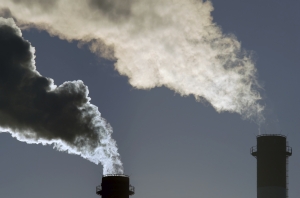The Australian Government has released its design proposal for the reformed Safeguard Mechanism framework, outlining the establishment of a constraint on Scope 1 emissions from high emitting facilities, implemented via declining emissions baselines aligned with Australia’s 2030 target.
While the framework incorporates key measures to “ensure the 2030 target will be met”, the success of the proposed policy hinges upon the alignment of emissions baseline decline rates with the government’s adopted emissions trajectory, ensuring that the scheme will meet its calculated emissions budget. This is a challenging task given the future variability of industrial production, and uncertainty around new projects entering the scheme.
To understand the potential risks to meeting the Safeguard Mechanism emissions budget, RepuTex has been engaged by the Climate Council and the Australian Conservation Foundation to model the potential effects of higher-than-expected emissions growth due to variation in fossil fuel production, and new entrants, on the Safeguard Mechanism emissions budget through to 2030.
Specifically, analysis presents different scenarios for coal and LNG production, and the impact on Scope 1 emissions covered by the Safeguard Mechanism, evaluating the baseline decline rates required to meet the emissions budget where production growth is higher-than-expected. In doing so, analysis also considers alternative regulatory options for the treatment of new projects.
















